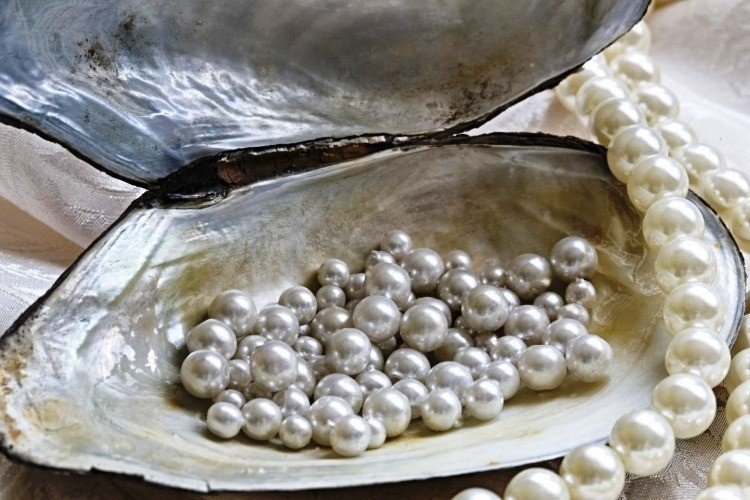
source
Pearls have been sought-after jewels for centuries and the gem of choice for many women around the world. Unlike gold, diamonds and silver, that are mined out of the earth, pearls are the only jewels that are formed inside a living animal.
Here are some amazing and curious facts about pearls...
Natural Pearls are Extremely Rare
Most pearls sold today are cultured pearls grown on pearl farms. Approximately only one in 10 000 oysters will ever produce a pearl naturally. Pearls are formed by chance when an irritant, usually a parasite, makes its way into an oyster. As a defence mechanism the pearl secretes a substance called 'nacre' which coats the irritant, and as a result the pearl is formed.
How Pearls gets its Colour
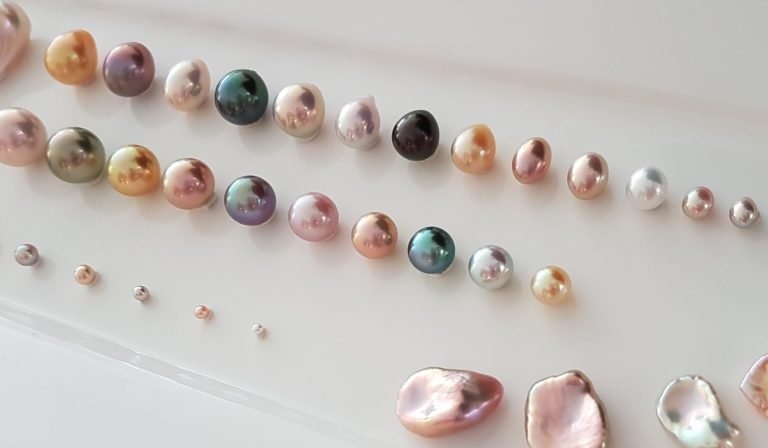
source
Between the layers of nacre of the oyster's inside-shell are layers of organic glue called conchiolin. Conchiolin has a natural pigmentation, from blue to green, yellow, grey, orange and pink hues which absorbs into the pearl giving it, its colour.
Black Pearls
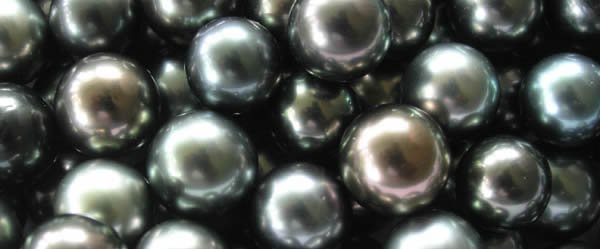
source
Black pearls come from Tahitian oysters, the nacre of the Tahitian oyster has a black band. The pearls form the same way as other pearls do, the only difference is it absorbs the black colour from the nacre of the Tahitian oyster.
First Artificially Produced Pearls
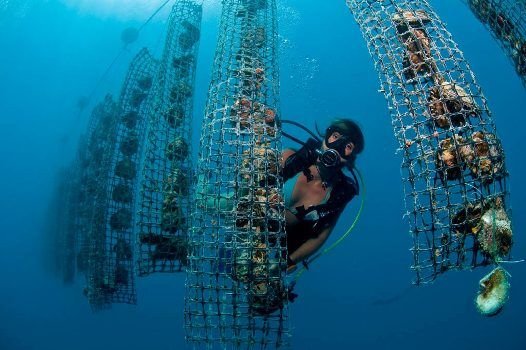
source
In 1878 Kokichi Mikimoto, a Japanese citizen, started exploring ways to create perfectly round pearls and in 1896 he received a patent for his cultured pearls.
All Pearl Oysters are Born Male
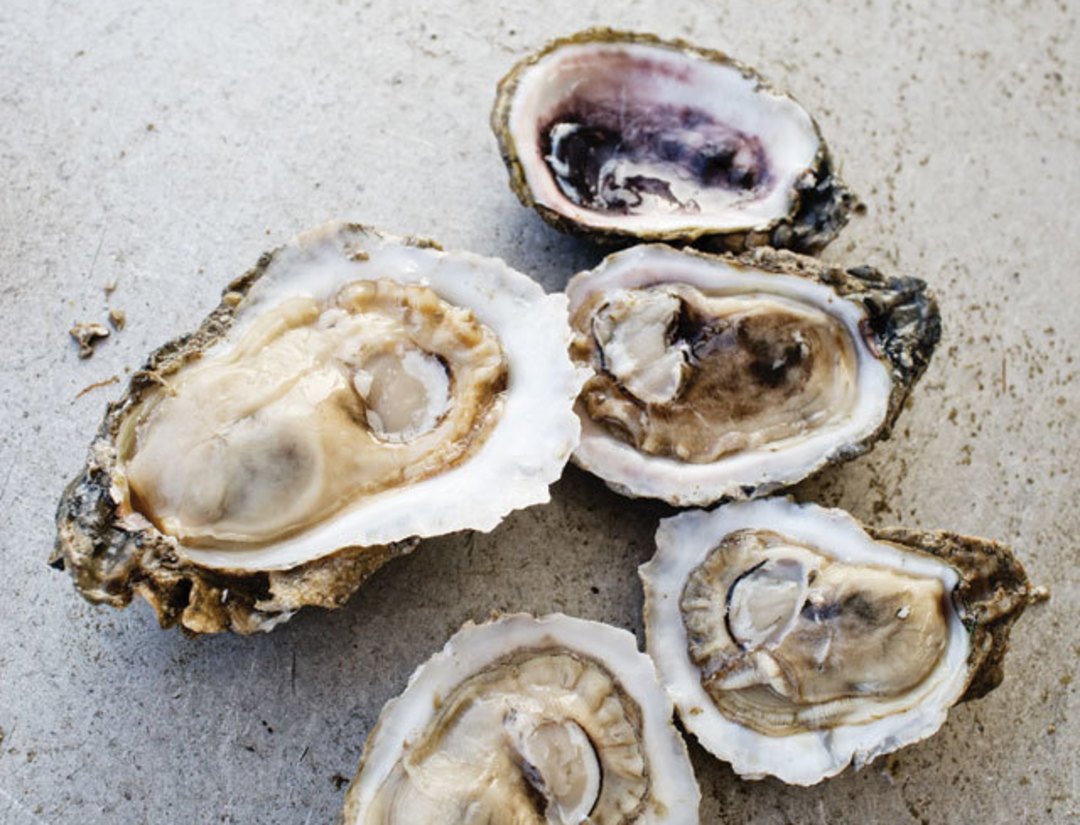
source
Pearl oysters are born male and at about three years of age, they transform into females.
The Biggest Pearl Found
 source
sourceThe biggest natural pearl was found in 2016 in the possession of a fisherman in the Philippines, who found it more than 10 years earlier and kept it as a lucky charm. The pearl weighs 34kg, beating the previous record of 6.4kg, both of these pearls were found in Puerto Princesa, Palawan in the Philippines.
According a report in the local Palawan News, a man from Puerto Princesa, on Palawan Island, found it more than a decade ago while out fishing. His boat’s anchor caught on the giant clam and he had to swim down to dislodge it.
He was not aware of its potential value but kept it as a good luck charm.
https://www.theguardian.com


